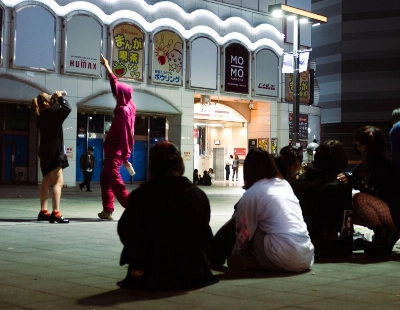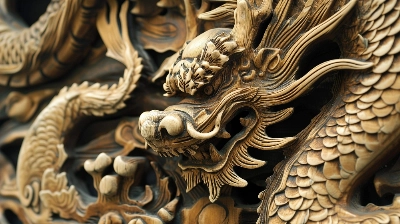MOSCOW -- George Balanchine was an exile thrice. The first time came without his consent and even without his prior knowledge, as his family went from its native Georgia in the Caucasus to the capital of Russia, St. Petersburg, before he was born.
The second time was when he left Communist Russia as a young ballet dancer. He was fully aware of the consequences: The regime would never pardon him and he would have to struggle for survival on alien terrain, as did millions of other refugees from the Marxist paradise.
The third migration happened nearly a decade later, in 1933, when the promising 29-year-old choreographer crossed the Atlantic to try his luck in the United States.


















With your current subscription plan you can comment on stories. However, before writing your first comment, please create a display name in the Profile section of your subscriber account page.